Filters
Download definitions (PDF) Case source list Model cases
Model cases
 National programme
National programme
-
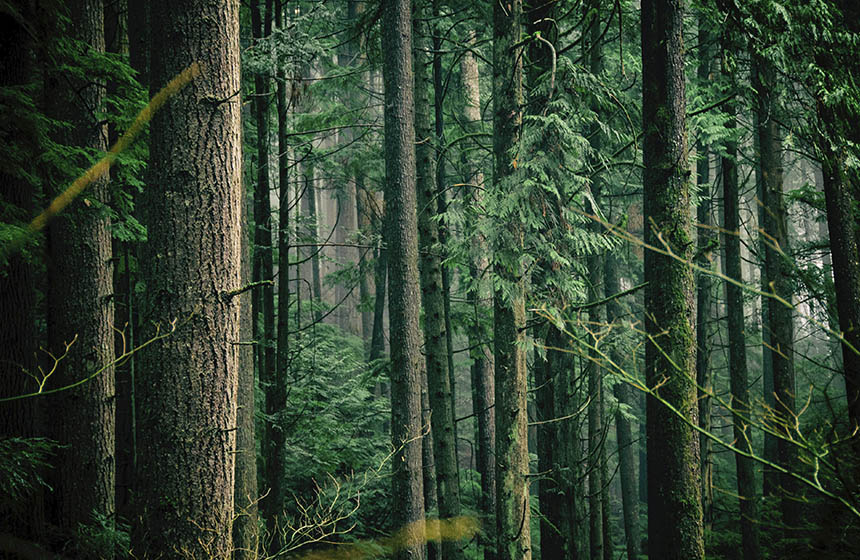
Community forest protection and management by indigenous peoples
The Cheakamus Community Forest is a collaboration by the Lil’wat and Squamish First Nations and the Resort Municipality of Whistler (RMOW) to protect and sustainably manage over 33,000 hectares of forest.
- Management
- Protection
Canada -
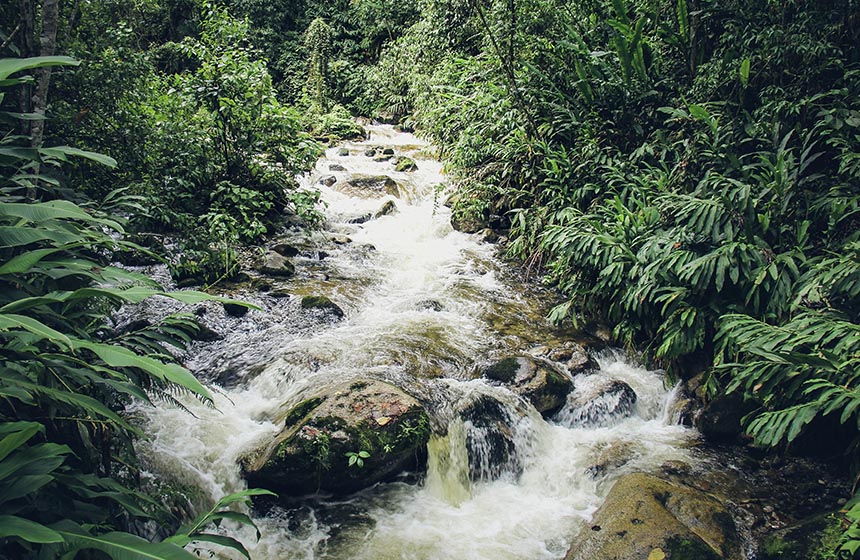
Protecting and managing an area of South American temperate rainforest
The Valdivian Coastal Reserve is a large protected area which had previously been owned by a forestry company until the Nature conservancy was able to purchase it and begin managing it in collaboration with local communities.
- Protection
- Restoration
Chile -
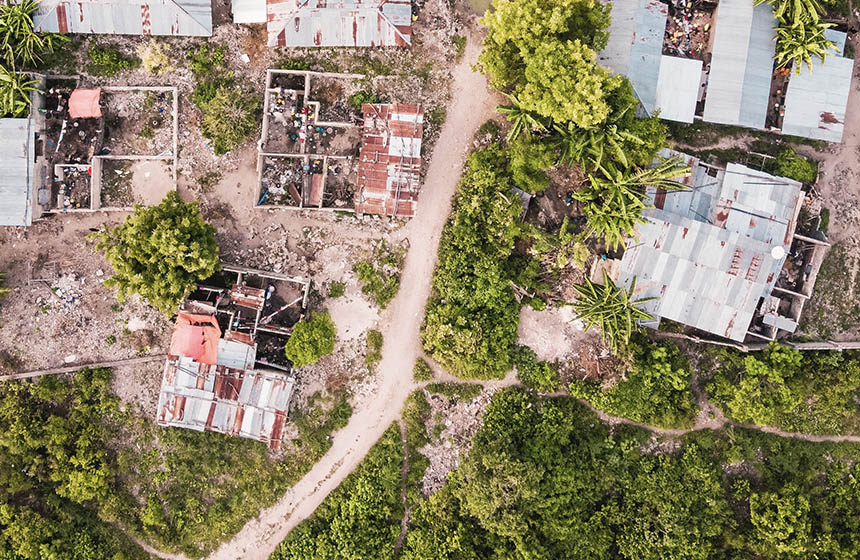
Supporting land rights and sustainable management in the Yaeda-Eyasi landscape
The Yaeda-Eyasi landscape is a REDD+ project which focuses on improving land-tenure rights and sustainable management in order to reduce local deforestation and support traditional hunter-gather and pastoralist communities.
- Protection
Tanzania, United Republic of -
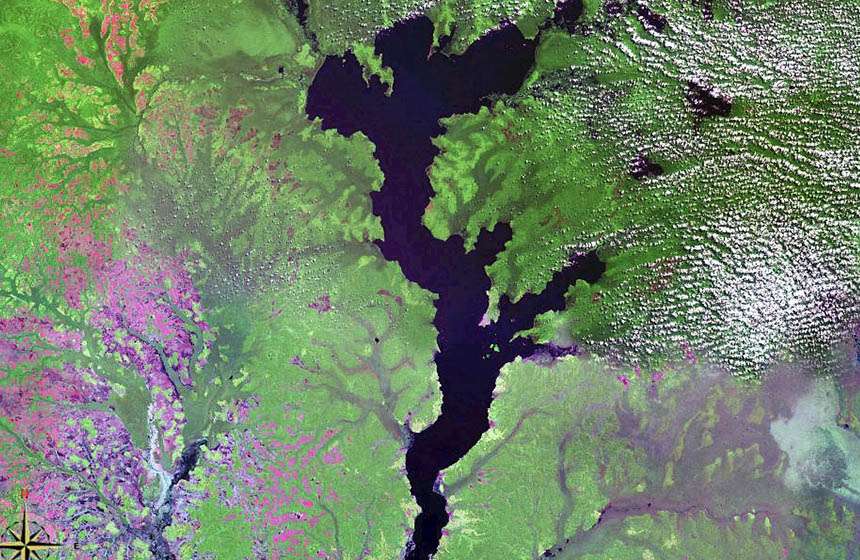
Mai Ndombe REDD+ project to protect biodiverse tropical forests
The Mai Ndombe REDD+ project works to protect a biodiverse section of tropical rainforest through investing in the health education, and agricultural techniques of the surrounding community.
- Protection
- Restoration
Congo Democratic Republic of the Congo -
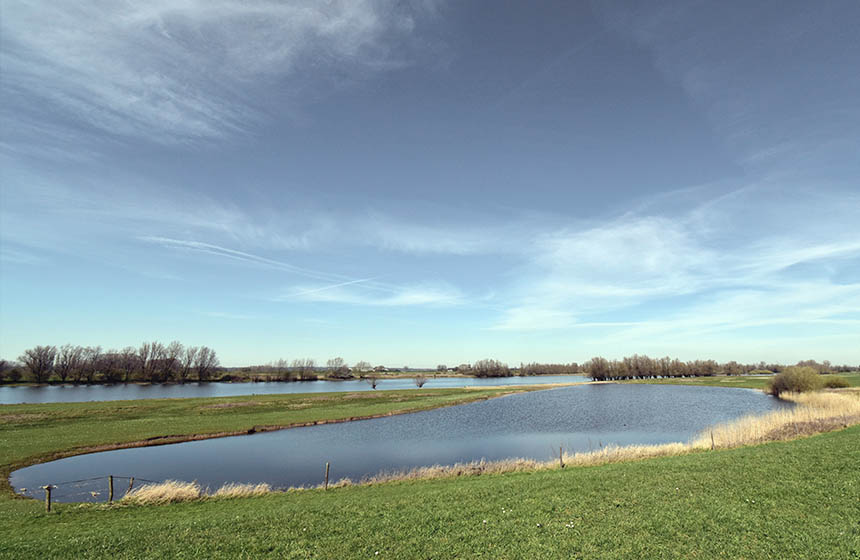
Floodplain restoration and rewilding for local risk reduction
The restoration of the Gelderse poort allowed for the rehabilitation of a key delta ecosystem while also allowing for increased flood defenses for nearby communities.
- Restoration
Netherlands -
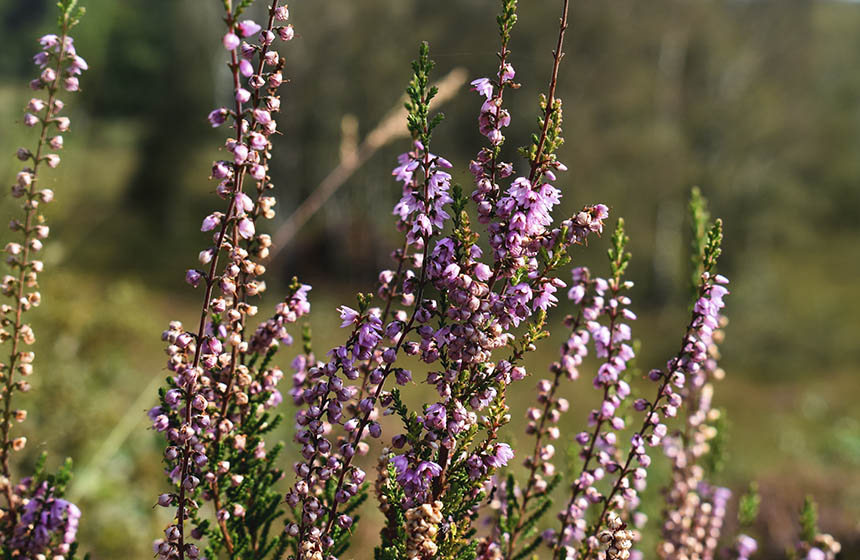
Restoration of a marshland ecosystem for local community flood protection
The Kempen-Broek project involves the restoration of agricultural lands back to their previously marshland state through rewilding practices which provide flood protections for downstream communities.
- Restoration
Netherlands -

Meuse River restoration and floodplain creation
Conservation organizations, gravel extraction companies, and the local government teamed up to create a 45km stretch of rewilded river with increased flood prevention capacity.
- Restoration
Netherlands -
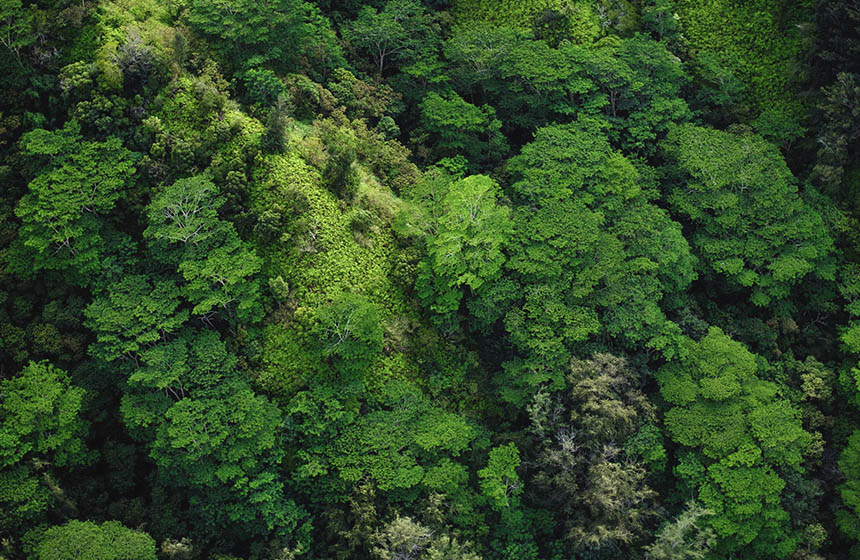
Rural community-led climate action to reduce emissions
The the Laguna Om ejidos came together to manage 84,000 hectares of tropical forest in order to generate carbon credit revenues which could be reinvested into the community.
Mexico -
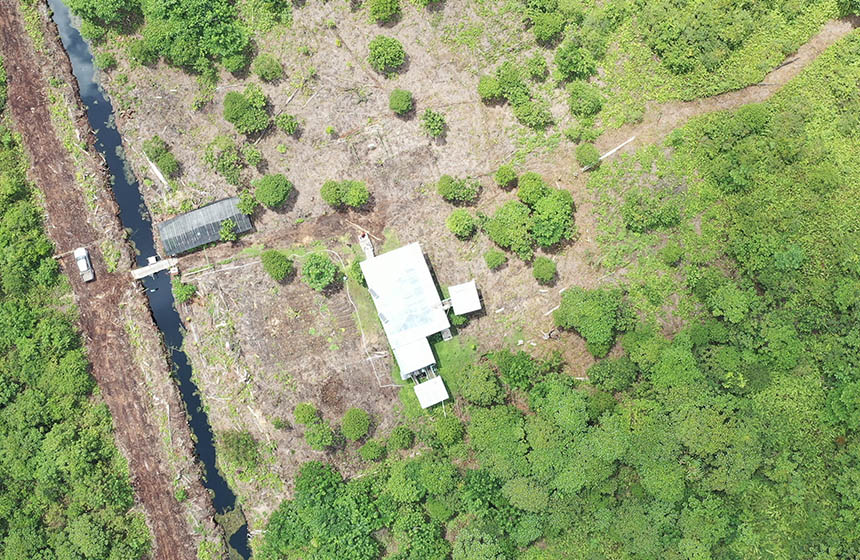
Peatland forest restoration for emissions reductions
In order to capture carbon and repair a fire damaged landscape, a large-scale ecosystem restoration project was undertaken in the Merang peatlands on the island of Sumatra.
- Protection
- Restoration
Indonesia

